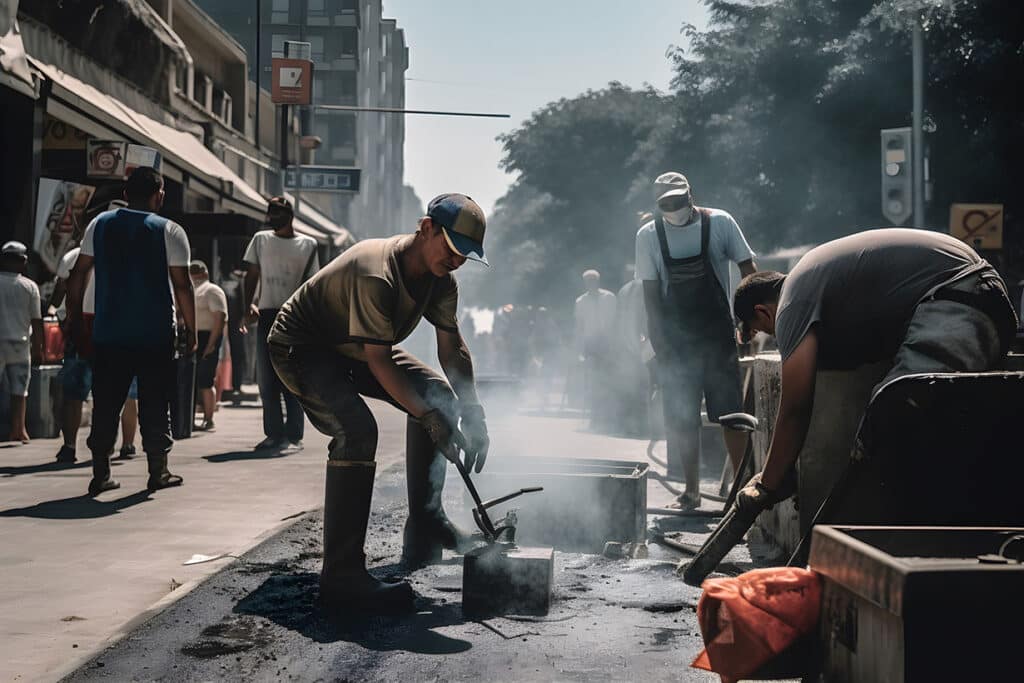As any safety professional will tell you, the first step in preventing injuries in the workplace is preparedness—and you can’t prepare if you don’t know what you’re preparing for.

That’s why hazard detection is a cornerstone of strong safety programs across all industries, from the front lines of construction sites and manufacturing facilities to offices and warehouses. Workplace hazards can take many forms depending on the industry, and every organization will have a unique set of risks that must be addressed in an effective safety plan. But without strategies and tools for hazard recognition, it can be difficult to develop a proactive program that covers all the bases.
For the final week of 2023’s National Safety Month, we’re tackling hazard recognition and strategies for staying on top of longstanding hazards and new risk factors.
Watch as DORN Companies’ Cheryl Roy breaks down the five key areas of hazard detection that safety professionals should integrate into their programming.
Five Strategies for Proactive Workplace Hazard Recognition
#1: Gather specific information
Your organization likely has a wealth of information already collected regarding potential hazards and past safety incidents. The first step toward developing a strong hazard detection protocol is gathering your existing data and analyzing it for hazards that have been identified in the past. Safety managers and employees alike should be well-versed in the equipment, workspaces, tasks, and potential risk factors that exist in their specific areas of work. What safety issues have arisen in the past? How did safety managers and employees deal with incidents and adapt to new circumstances?
#2: Inspect the workplace
Regular inspections are a key element of any effective safety plan, especially when it comes to identifying potential injury risks. Inspections should include multiple frames of analysis, such as ergonomics, equipment standards, and the techniques employees use to accomplish their tasks. Including employees in safety inspections can be a useful way of identifying hazards since front-line workers are likely to be the most familiar with the ins and outs of their departments and workspaces.
#3: Review health hazards
Environmental factors can pose serious injury and health risks to employees, and a strong safety plan should include methods for analyzing hazards that exist in all areas of the work environment. Factors such as temperature, noise, workspace configuration, and potential transmission of infectious diseases should all be considered.
#4: Promptly and thoroughly investigate incidents
Safety incidents can occur at even the most well-protected worksites, and it’s essential for safety leaders to analyze those incidents to identify opportunities for continuous improvement. When an incident occurs, what is your plan for addressing it? What interventions are available, and how effective are they in curbing future incidents?
#5: Identify non-routine situations
Even the best safety plans will occasionally run into problems stemming from unexpected circumstances. Severe weather, disease outbreaks, and surprise equipment malfunctions can all create risks that may not have been identified in the regular safety planning process. Safety leaders should do their best to anticipate a wide range of potential scenarios and develop contingency plans in the event that unexpected situations emerge.
Is your organization equipped with up-to-date hazard detection tools and protocols? Contact DORN today to learn how we can help you expect the unexpected: info@DORNcompanies.com


